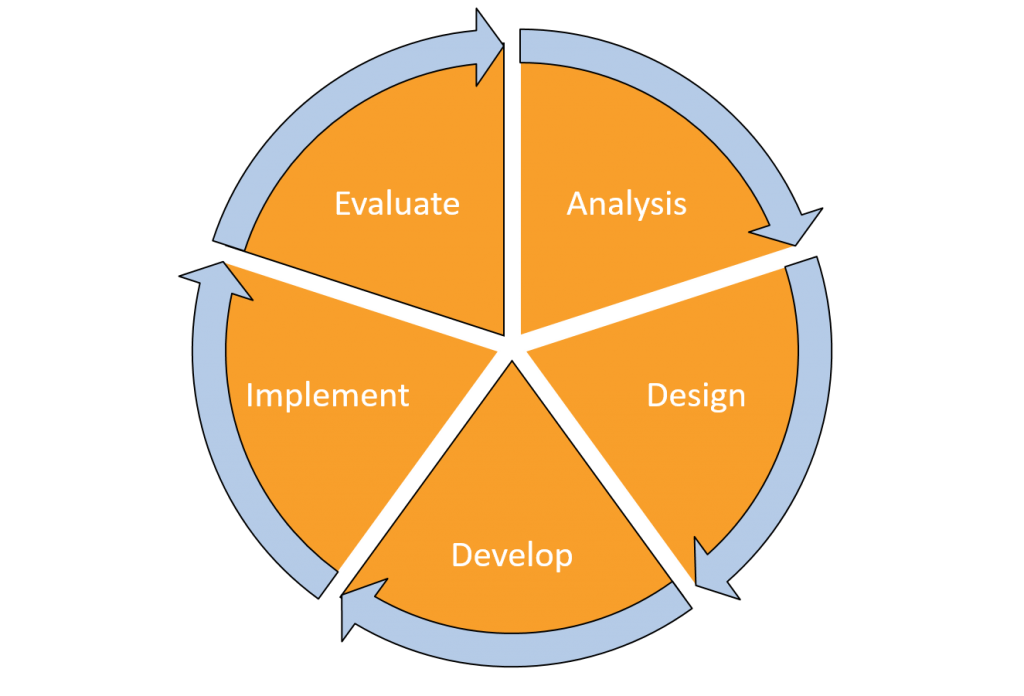Technology Based Summary
A brief summary of core concepts, lessons learned, and keys to implementation.

Marathon not a Sprint:
The development of human capital through professional development is a long term process; put simply, investing in your employees takes time. Additionally, technology based professional development should be rooted in curriculum, and tied to long-term strategic initiatives. Administrations should establish the goals they want to achieve, then begin developing a solution. When strategic goals are poorly defined, it leaves too much freedom to change methods in the middle of execution. Administrators should NOT be swayed by the education industry prepackaged solutions. Especially if they are peddling solutions to problems that don’t exist.

Administration Support Gap:
Professional development should be ongoing and purposeful. Too often there is an abundance of support in the beginning but administrative support slowly subsides. When administrative support falls off, you can expect employee motivation to follow. Why should the employee complete last year’s initiatives when the administration has already moved on to something new?

Boring Content
Uninspired, dull training can ruin even the best intentions for employee professional development. Your employees won’t be getting all they can out of the training if it is putting them to sleep. However, that does not mean it is necessary to ‘gamify’ professional development, but it does mean that curriculum developers who pay attention to attention spans will be much more successful.
Instructional Design
The ADDIE Model

Analysis can be simple, which could include being reflective about your workday: what went well and what did not. Analysis can also be complex and scaled to fit larger organizations. Larger organizations can take a more data driven approach to analysis compiling sales, clicks, or keyword searches. The crux of the ADDIE model of is establishing the problem that needs to be solved or the gap that needs to be mitigated.
Design, within the ADDIE framework, is the process of establishing objectives that the instructional system will achieve. This could include the method of instruction or in a prototype, how the user will interact with the model.
Development is the creation of the content that will ultimately meet the objectives laid out during analysis.
Implementation is the roll-out phase of the ADDIE framework. This would include the delivery of new curriculum created during the development phase.
Evaluation is a series of tests that are paired with the original objectives that were established. Evaluation helps determine the success of the model and may include feedback from users or participants.
TECHNOLOGY:
Teacher Survey
A study sponsored by the Bill and Melinda Gates foundation title ‘Teachers Know Best’ conducted a survey of teacher opinions on technology in the classroom. The teachers surveyed cited several obstacles to technology integration in the classroom including: awareness, availability, and cost.
https://s3.amazonaws.com/edtech-production/reports/Teachers-Know-Best-2.0.pdf